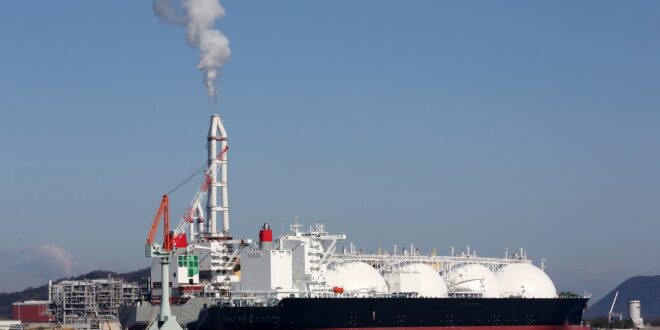The world is investing hundreds of billions of U.S. dollars every year in renewable energy and other clean energy solutions, but it needs more than a trillion U.S. dollars in investments annually if it still stands a chance of reaching net-zero emissions by 2050.
These are some of the key findings in the World Energy Outlook 2022 published by the International Energy Agency (IEA) this week.
Deployment of renewable energy sources in electricity is set to bring peak demand for coal and natural gas by the end of this decade, as the ongoing energy crisis pushes governments to adopt stronger policies to support clean energy and become less dependent on fossil fuels, especially after the Russian invasion of Ukraine, according to the agency.
For the first time ever, a World Energy Outlook scenario from the IEA based on the current government policies and settings has global demand for every fossil fuel showing a peak or plateau, the IEA said. Even natural gas, whose demand was previously expected to continue rising, could now join coal and oil in peaking around 2030, according to the IEA’s latest estimates.
In the Stated Policies Scenario (STEPS), coal use is set to fall within the next few years, natural gas demand is expected to reach a plateau by the end of the decade, and rising sales of electric vehicles (EVs) mean that oil demand will level off in the mid-2030s before ebbing slightly by mid-century.
“One of the effects of the current crisis is that the era of rapid growth in global gas demand draws to a close,” the IEA’s Executive Director Fatih Birol said.
“In Europe, climate policies accelerate the shift away from gas. New supply brings prices down by the mid-2020s, and LNG becomes even more important to gas security,” Birol added.
The recent rise in coal is small and only temporary, the IEA’s latest analysis shows. At the same time, renewables are expected to continue surging, eating into the share of coal and gas in the power mix.
The current energy crisis could be the turning point for an even greater adoption of renewables, as domestically-produced clean energy will reduce reliance on imported fossil fuels.
“Government responses around the world promise to make this a historic and definitive turning point towards a cleaner, more affordable and more secure energy system,” Birol said.
“The environmental case for clean energy needed no reinforcement, but the economic arguments in favour of cost-competitive and affordable clean technologies are now stronger – and so too is the energy security case. Today’s alignment of economic, climate and security priorities has already started to move the dial towards a better outcome for the world’s people and for the planet,” said the head of the agency.
In the World Energy Outlook 2022, the IEA said that electricity generation from renewables needs to see one of the largest increases in investment in the Net Zero Emissions (NZE) Scenario, rising from $390 billion in recent years to $1.3 trillion by 2030.
This level of annual spending in 2030 is huge, but not unseen in the energy industry.
It would be equal to the highest level ever spent on fossil fuel supply, $1.3 trillion spent on fossil fuels in 2014, the IEA said.
Clean energy investment is massive today, but it needs to rise much more if the world has a chance to get to net zero by 2050.
“A huge increase in energy investment is essential to reduce the risks of future price spikes and volatility, and to get on track for net zero emissions by 2050,” the IEA said.
“A smooth and secure energy transition will require a major uptick in clean energy investment flows. Getting on track for the NZE Scenario will require a tripling in spending on clean energy and infrastructure to 2030, alongside a shift towards much higher investment in emerging market and developing economies.”

 Iran Energy News Oil, Gas, Petrochemical and Energy Field Specialized Channel
Iran Energy News Oil, Gas, Petrochemical and Energy Field Specialized Channel



